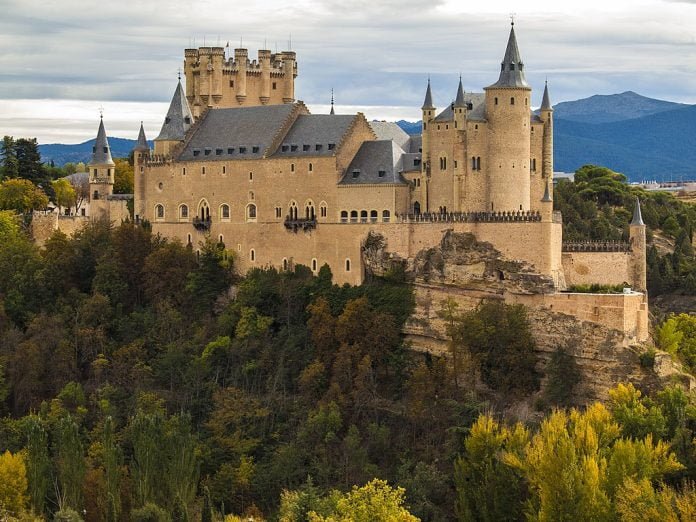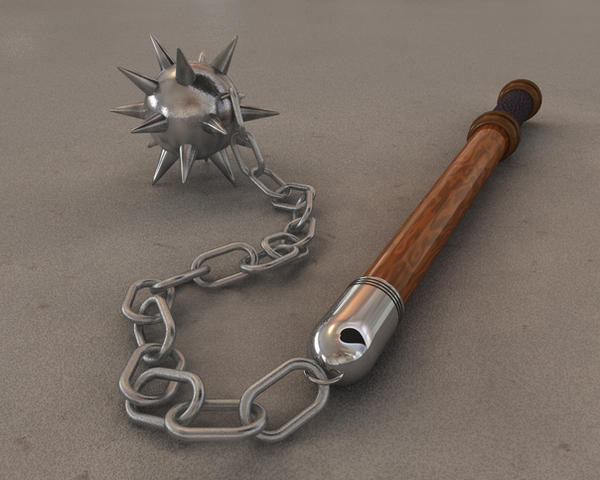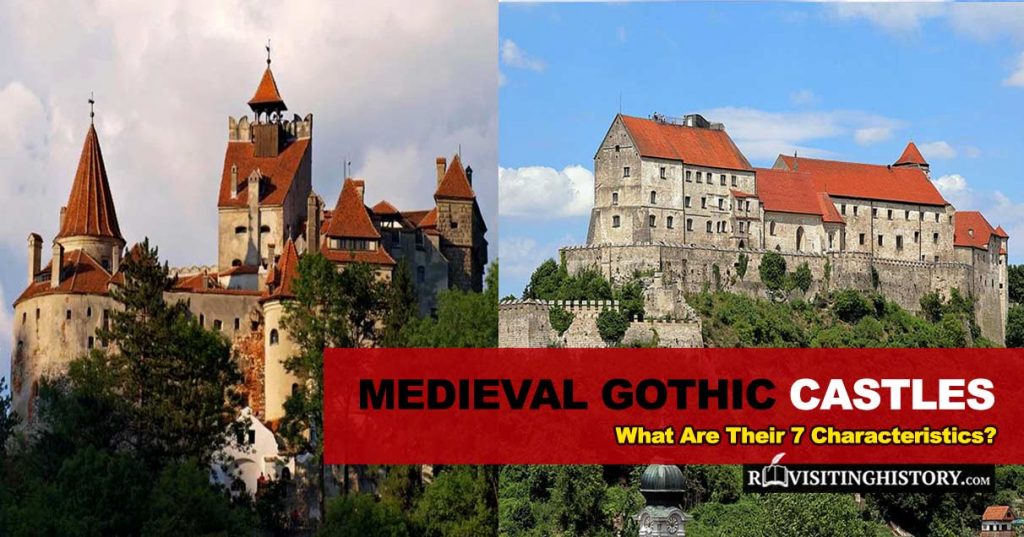Get ready to be transported to a world of grandeur and opulence, as we embark on a journey to explore the biggest palaces on the planet! These magnificent structures are not just homes to royalty, but true works of art and architectural marvels that showcase their rulers’ wealth, power, and status. Whether it’s their rich history, stunning features, or simply their sheer size, these palaces are sure to leave you in awe. So sit back, relax, and let’s dive into a list of splendour!
Table of Contents
- 0.1 1. Château de Versailles, France (81.5 ha)
- 0.2 2. The Forbidden City, Beijing, China (72 Ha)
- 0.3 3. Royal Palace of Caserta, Italy (47 Ha)
- 0.4 4. The Grand Palace, Bangkok, Thailand (21.8 Ha)
- 0.5 5. The Istana Nurul Iman, Bandar Seri Begawan, Brunei (20 Ha)
- 0.6 6. The Royal Palace of Madrid, Spain (13.5 Ha)
- 0.7 7. The State Palace, Jakarta, Indonesia (12.1 Ha)
- 0.8 8. The Quirinal Palace, Rome, Italy (11 Ha)
- 0.9 9. The Presidential Palace, Havana, Cuba (5.6 Ha)
- 0.10 10. The Royal Palace of Brussels, Belgium (2.2 Ha)
- 0.11 11. The Yellow Palace, Copenhagen, Denmark (1.8 Ha)
- 1 Honorable Mentions
- 2 Conclusion
1. Château de Versailles, France (81.5 ha)
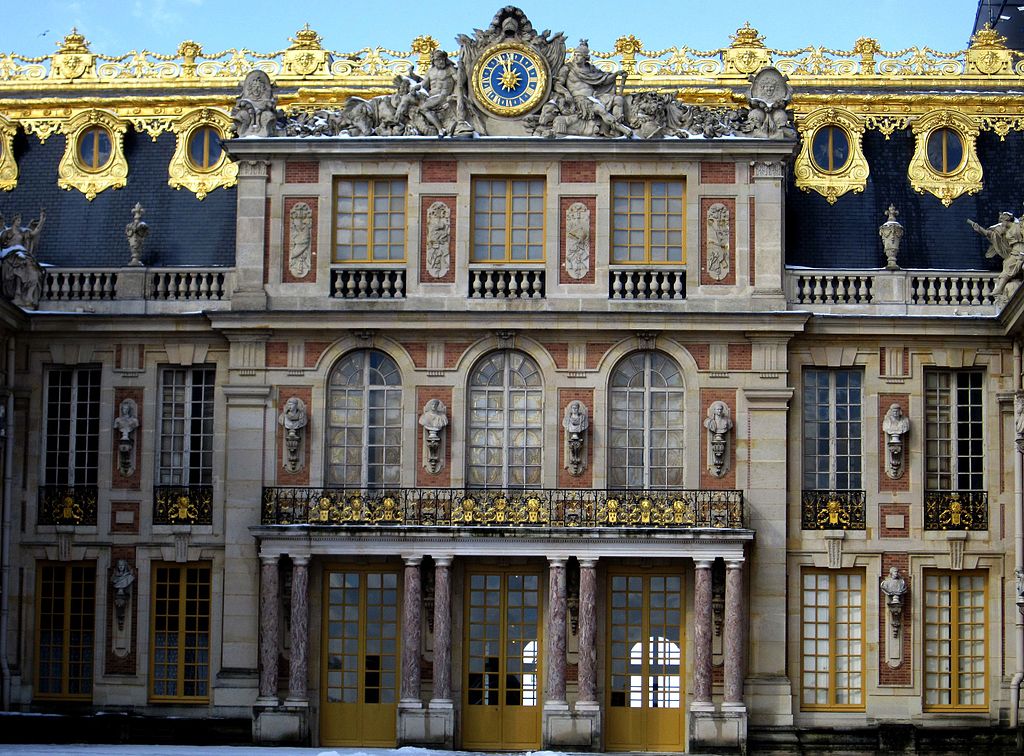
Château de Versailles is one of the most famous grand palaces in the world, covering an area of approximately 815,000 square meters (8,760,000 sq ft). The chateau was originally built as a hunting lodge for Louis XIII in the 17th century. It was later expanded and transformed into a grand palace by Louis XIV, the “Sun King,” in the late 17th century. The palace became the political and administrative center of France, with the royal court moving to Versailles in 1682.
The palace is famous for its opulent architecture and decor, including the Hall of Mirrors–considered one of the most beautiful rooms in the palace. The hall was frequently used for grand ceremonies and receptions. The palace’s Gardens of Versailles are a masterpiece of French landscape design – they cover 800 hectares and include several fountains, statues, and groves.
2. The Forbidden City, Beijing, China (72 Ha)
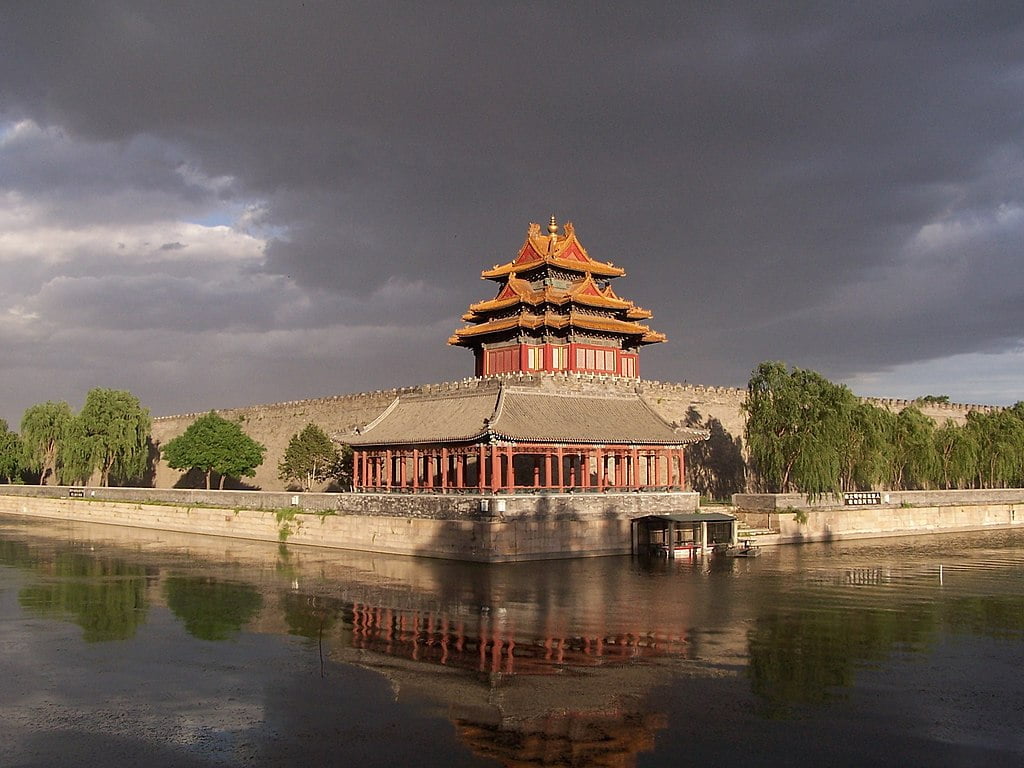
The Forbidden City in Beijing, China is one of the world’s most famous and well-preserved palaces. It served as the Imperial palace for 24 emperors of the Ming and Qing dynasties and was considered the center of power and politics in China for over 500 years. The palace was off-limits to ordinary citizens for nearly 500 years, giving it the nickname “The Forbidden City.” This has contributed to its allure and reputation as one of China’s most treasured cultural and historical landmarks.
The Forbidden City is not only one of the oldest castles in the world, but also covers an impressive area of approximately 720,000 square meters (7,750,000 square feet) and contains over 900 buildings, including the Hall of Supreme Harmony, the Hall of Preserving Harmony, and the Palace of Tranquil Longevity. The palace is a UNESCO World Heritage Site and is one of China’s top tourist attractions, attracting millions of visitors each year to admire its rich history and stunning architecture.
3. Royal Palace of Caserta, Italy (47 Ha)
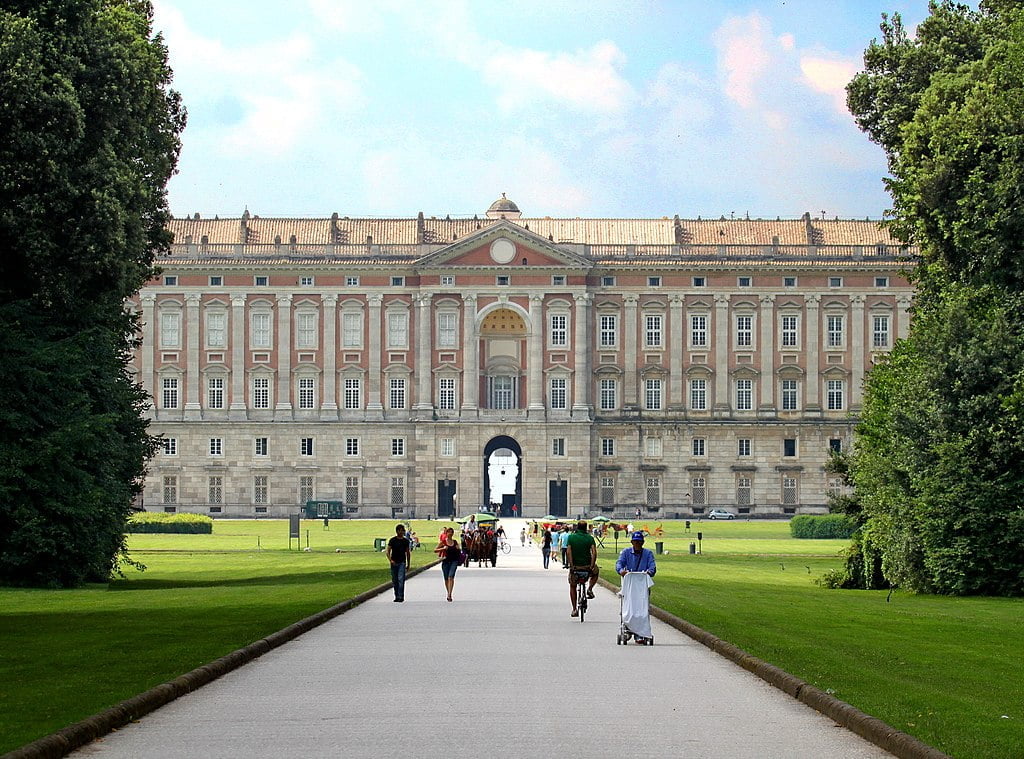
The largest palace in the world in the strictest sense is the Royal Palace of Caserta in Caserta, Italy. Built in the 18th century as a summer residence for the Bourbon King Charles III of Spain, it covers an area of about 47 hectares and has 1,200 rooms, including a grand staircase, a theater, and a park. The palace houses a significant collection of art and antiques, including works by Caravaggio, van Dyck, and other famous artists.
The palace is considered one of the most important examples of Baroque architecture in the world and is a UNESCO World Heritage Site. It remains one of the largest palaces ever built. The grand design and rich history make it a popular tourist destination in Italy.
4. The Grand Palace, Bangkok, Thailand (21.8 Ha)
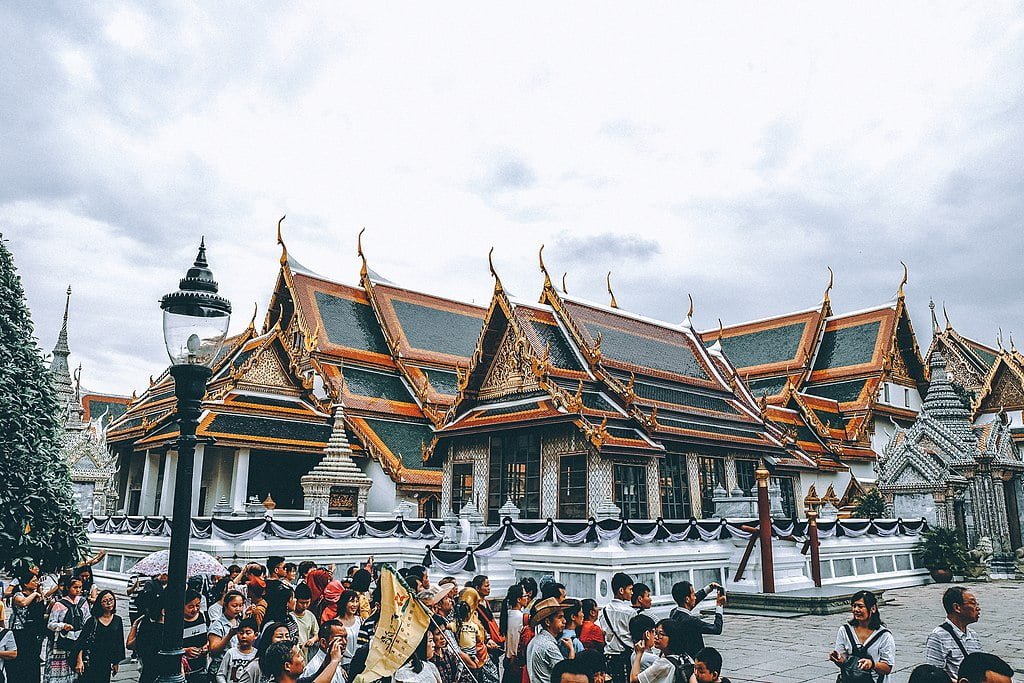
The Grand Palace in Bangkok, Thailand is a stunning complex of buildings that serves as the official residence of the King of Thailand and is considered one of the world’s largest and most important palaces. It covers an area of 218,400 square meters (2.35 million square feet) and is known for its intricate Thai-style architecture displaying gold-plated roofs and ornate details.
The palace contains numerous buildings, including the Temple of the Emerald Buddha, which houses a highly-revered statue of Buddha carved from a single piece of jade, and the throne halls, where royal audiences and ceremonies are held. The Grand Palace is a major tourist attraction, attracting millions of visitors each year who come to admire its beauty and learn about Thai history and culture.
5. The Istana Nurul Iman, Bandar Seri Begawan, Brunei (20 Ha)
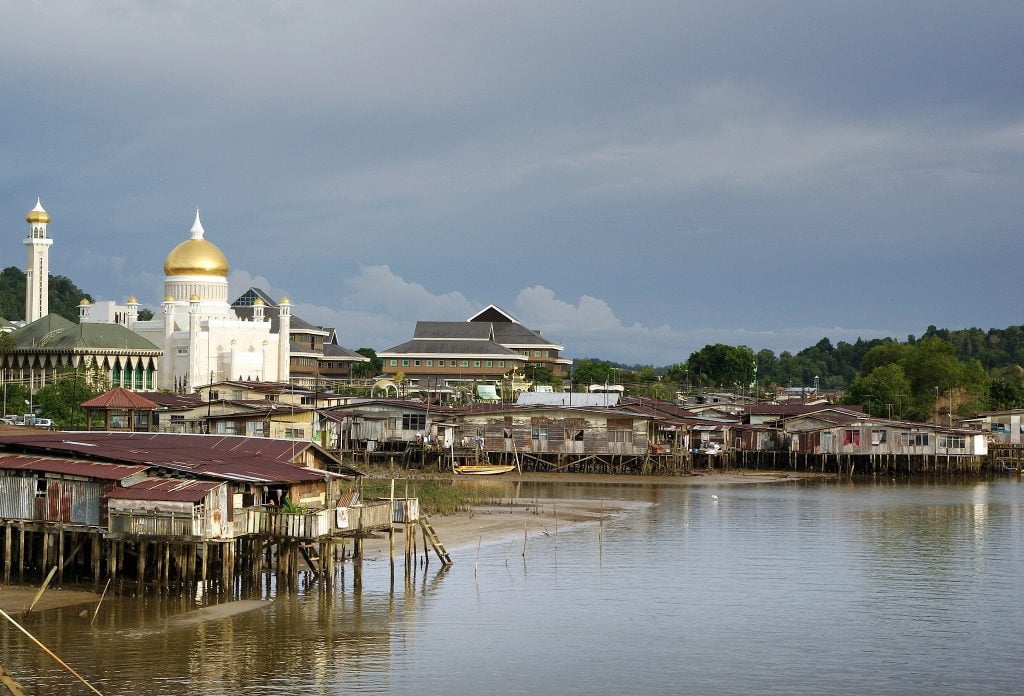
The Istana Nurul Iman palace, situated in Bandar Seri Begawan, Brunei, is home to the Sultan of Brunei and is recognized as one of the world’s largest palaces. Encompassing an expansive area of over 200,000 square meters (2.2 million square feet), the palace features a staggering 1,788 rooms, including an impressive throne room, a mosque, and several grand halls. What’s more: the palace was built in just three years!
Located by the scenic banks of the Brunei River, the palace’s awe-inspiring architecture and luxurious interior are adorned with gold-plated chandeliers, marble floors, and intricate wood carvings. The Istana Nurul Iman is considered a testament to Brunei’s affluence and supremacy and is a sight to behold. The palace is accessible to the public only during the Sultan’s birthday festivities each year.
Revisit More Historic Places Below or Read Further
6. The Royal Palace of Madrid, Spain (13.5 Ha)
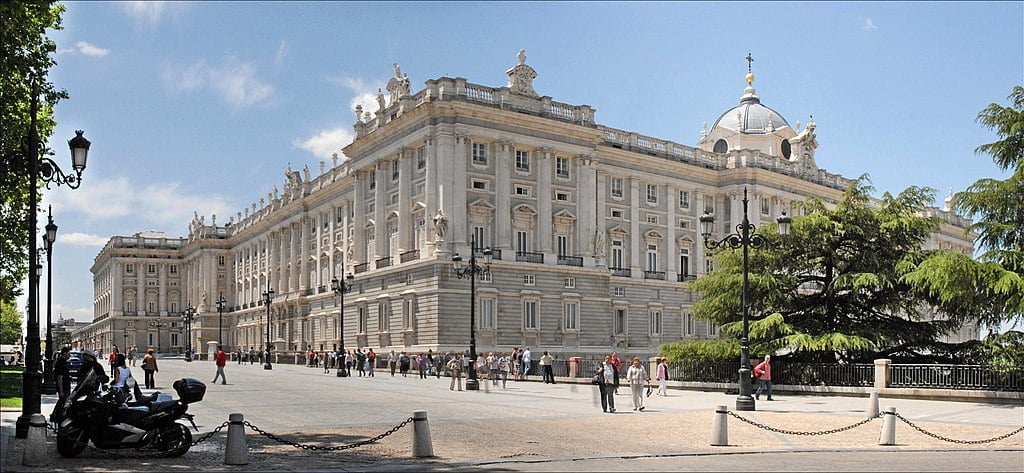
The Royal Palace of Madrid is the official residence of the King of Spain, located in the center of Madrid. The palace was originally built in the 16th century and has undergone several renovations and expansions over the years. It is known for its ornate architecture, including its baroque façade, grand staircases, intricate details, and beautiful gardens and courtyards.
The palace contains several museums and art collections, including works by famous Spanish artists such as Velázquez and Goya. The Royal Palace of Madrid is a popular tourist attraction, attracting millions of visitors each year who come to admire its beauty and learn about Spanish history and culture. The palace is also used for state ceremonies and official events, symbolizing the Spanish monarchy and its long history.
7. The State Palace, Jakarta, Indonesia (12.1 Ha)
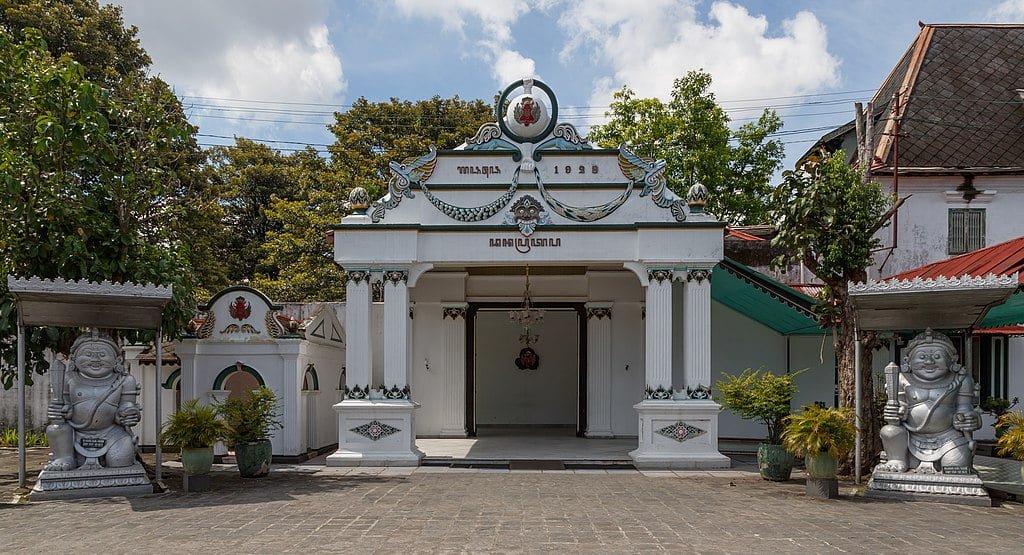
The State Palace, Jakarta, Indonesia, is a place where history and cultural heritage seamlessly intersect. This stunning palace is the official abode of the President of Indonesia and has been at the forefront of the country’s rich history since its construction in the 19th century.
From traditional Javanese architectural styles to lush gardens, including the picturesque Merdeka Square, the State Palace is a feast for the senses. The Presidential Palace Museum, which showcases the history of the palace and Indonesia’s presidency is the crown jewel of the castle layout. While the palace is not open to the public, visitors can still catch a glimpse of its grandeur from the nearby National Monument. Immerse yourself in Indonesia’s unique cultural heritage and visit the State Palace today.
8. The Quirinal Palace, Rome, Italy (11 Ha)
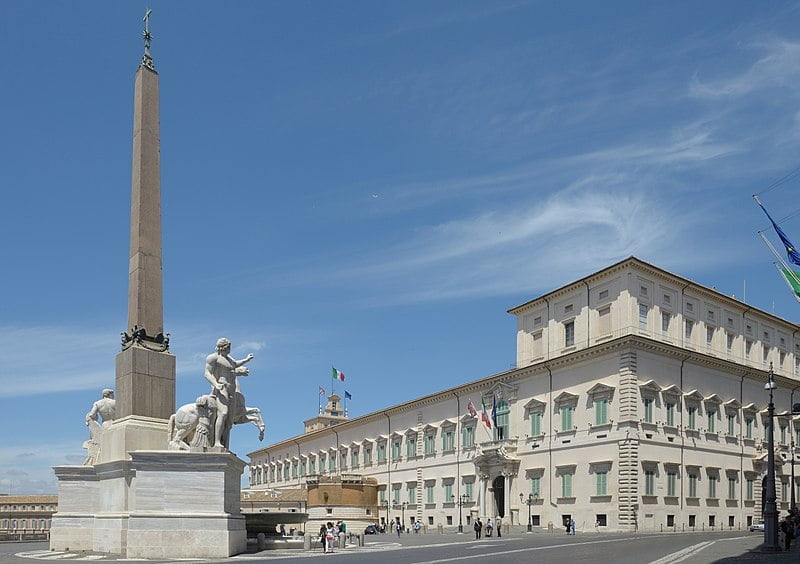
The Quirinal Palace, located in Rome, Italy, is a stunning piece of architecture steeped in history. It serves as the official residence of the President of the Italian Republic and is one of the largest palaces in the world. The palace has a rich and fascinating past, originally built in the 16th century as a summer residence for the Pope. Over the years, it has undergone numerous renovations, with each addition showcasing the ornate Baroque style and grand staircases that it is now famous for.
The Palace is not just a beautiful building, but also a treasure trove of art and culture. Its museums house works from legendary Italian artists like Bernini and Caravaggio, making it a must-visit destination for art lovers. This historic palace is a symbol of the Italian Republic and the nation’s rich history, waiting for you to uncover its secrets
9. The Presidential Palace, Havana, Cuba (5.6 Ha)
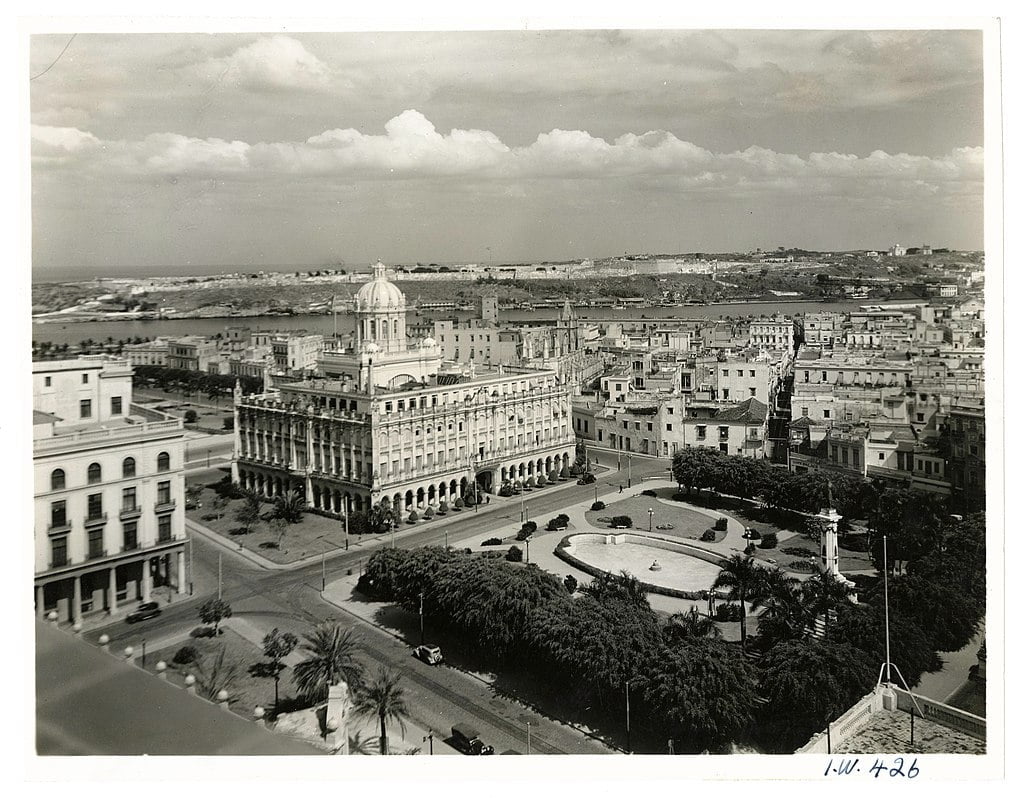
The Presidential Palace in Havana, Cuba, also known as the Palace of the Revolution, is a historic building that has served as the official residence of the President of Cuba since 1959. The palace was originally built in the neo-classical style in the early 20th century and has undergone several renovations and remodels over the years.
It is known for its distinctive marble columns, ornate balconies, and large central dome, as well as its role in Cuban history as the site of key political events and meetings. The Presidential Palace is located in the heart of Havana and is one of the city’s most recognizable landmarks, attracting thousands of visitors each year who come to admire its historical significance and impressive architecture.
10. The Royal Palace of Brussels, Belgium (2.2 Ha)
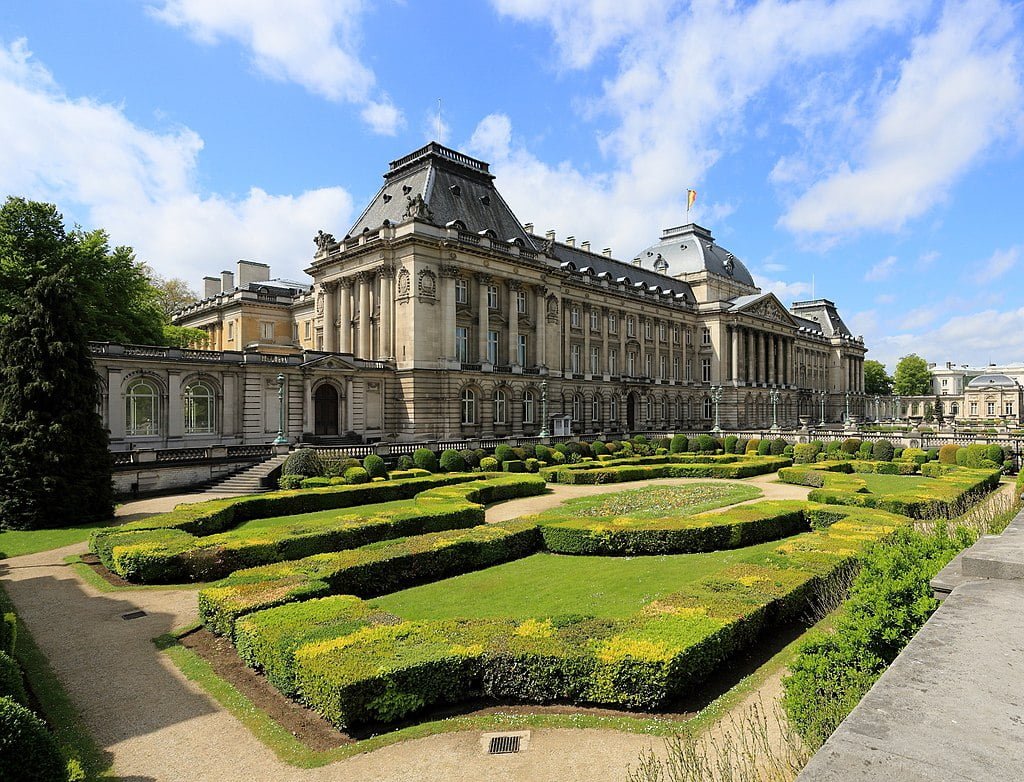
The Royal Palace of Brussels, Belgium is the epitome of regal grandeur, serving as the official abode of the King and Queen of the Belgians. Built in the 15th century, this stunning palace has witnessed centuries of Belgian history. It boasts a harmonious blend of Gothic, Baroque, and Neoclassical architectural styles, making it a true feast for the eyes.
From its breathtaking façade to its ornate interiors, complete with the magnificent Marble Room, this palace takes you on a journey through time. Don’t miss your chance to witness the Changing of the Guard ceremony during the summer, adding to the already regal atmosphere. The palace also doubles as a museum, with the Royal Museums of Fine Arts of Belgium open to the public on select days.
11. The Yellow Palace, Copenhagen, Denmark (1.8 Ha)
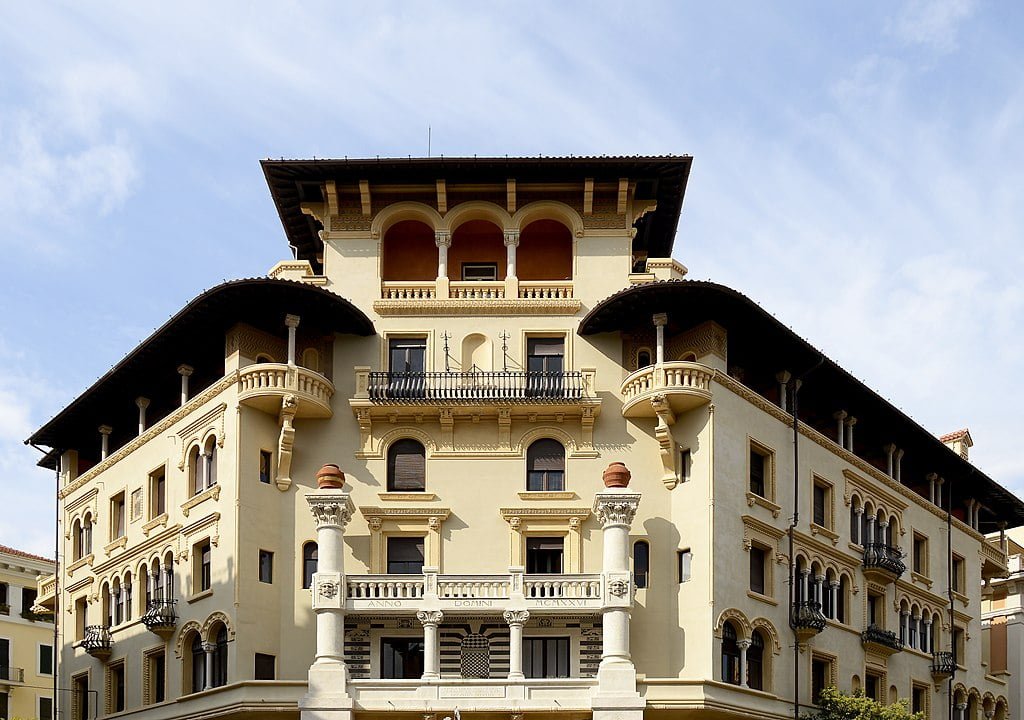
The Yellow Palace, also known as Amalienborg Palace, is located in Copenhagen, Denmark, and is the home of the Danish Royal Family. It was built in the late 18th century in the Rococo style and is known for its distinctive yellow color and stunning architecture. The palace is surrounded by four identical mansions, each of which serves as the residence of a member of the Royal Family.
The palace also features a beautiful courtyard and a changing of the guard ceremony that takes place daily, making it a popular tourist attraction. Additionally, the palace is located near several other important landmarks in Copenhagen, including the Marble Church and the Royal Opera. The Yellow Palace is a unique and beautiful building that offers a glimpse into the Danish Royal Family’s life and Copenhagen’s rich history.
Honorable Mentions
Here are some amazing palaces that didn’t make it to the top 10 list but are eyecatching pieces of history in their own rights:
12. The Topkapi Palace, Istanbul, Turkey (70 Ha)
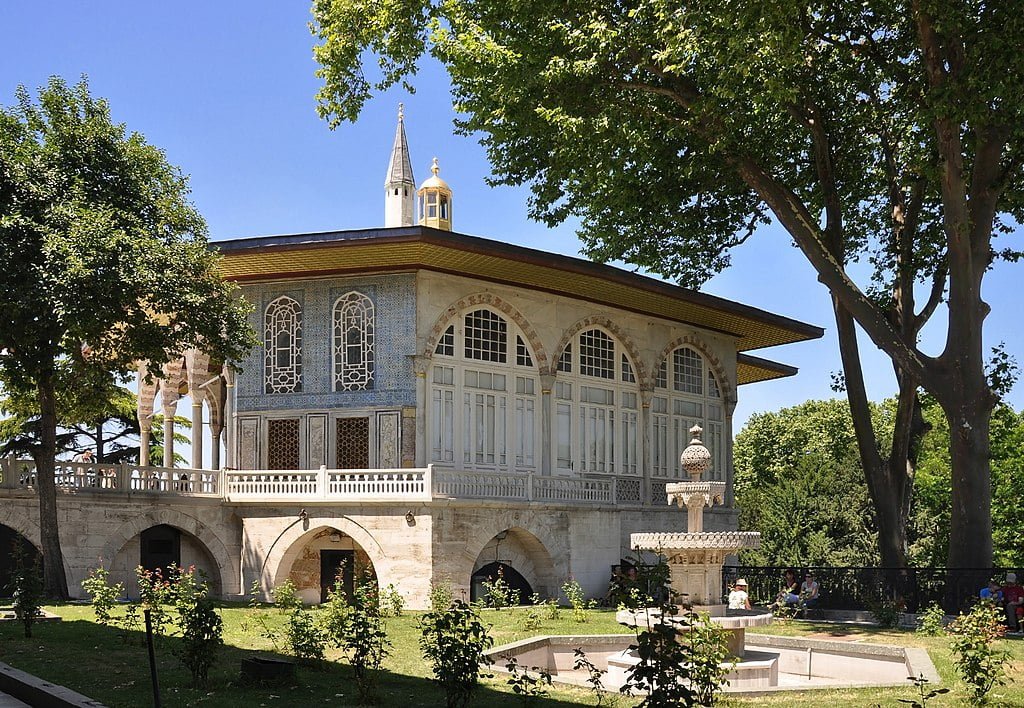
The Topkapi Palace in Istanbul, Turkey is an awe-inspiring historic gem that’ll whisk you away to the glory days of the Ottoman Empire. This palace was the primary abode of the Ottoman Sultans for centuries and its magnificence will leave you speechless. Perched atop a hill with breathtaking views of the Bosphorus Strait, the palace is a sight for sore eyes.
The palace complex includes several courtyards, museums, a mosque, and several ornate buildings that housed the Sultan and his court. The palace’s Harem, a private residence for the Sultan’s wives and concubines, is also a major attraction for visitors. The Topkapi Palace is now a museum and is home to a vast collection of artifacts, including the 86-carat Spoonmaker’s Diamond, the Topkapi Dagger, and the emerald-studded Throne of Sultan Ahmed III.
Although quite different from the typical medieval architecture, the palace is an excellent example of Ottoman architecture and boasts a rich history that makes it a must-visit destination for tourists visiting Istanbul.
13. The Esterháza Palace, Austria (40 Ha)
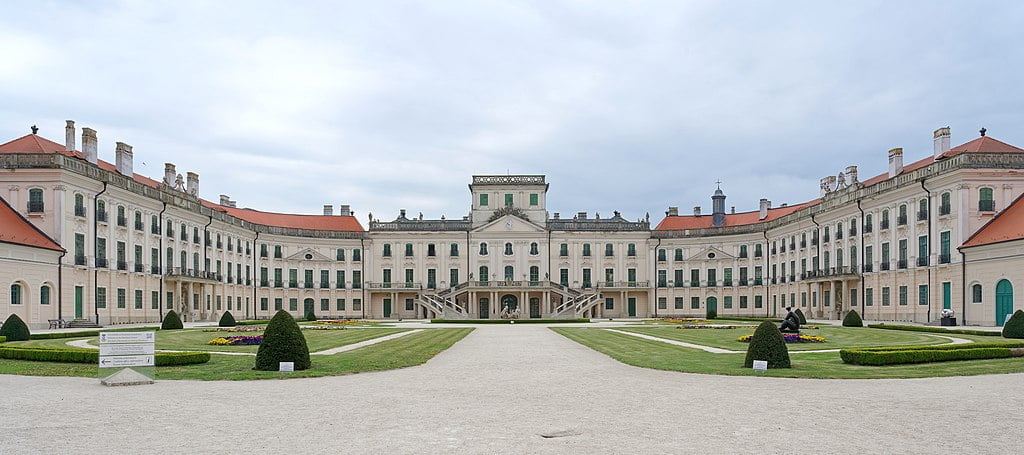
Esterháza Palace in Austria was once one of the largest palaces in Europe and was known for its luxurious and opulent lifestyle. It was built in the 18th century for Prince Miklós Esterházy, who was a patron of the arts and music. The palace was famous for its magnificent gardens, richly decorated halls, and its connection to famous composers such as Joseph Haydn–who wrote many of his famous works while employed at the palace. Today, the palace is a museum that showcases its rich cultural and musical history.
14. Palace of the Parliament, Bucharest, Romania (33 Ha)
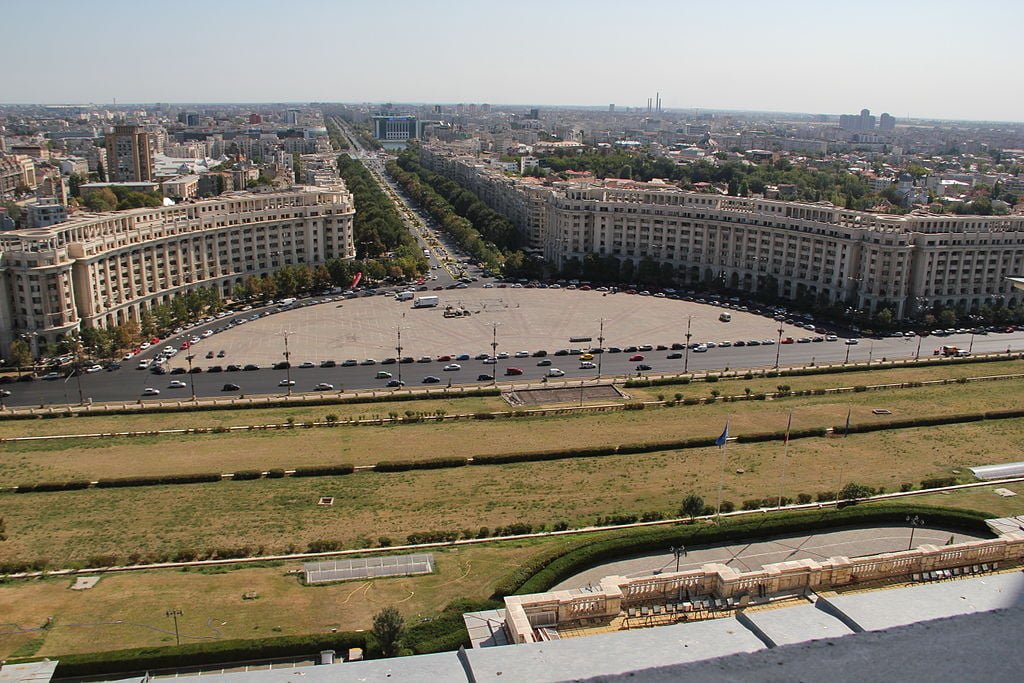
The Palace of the Parliament in Bucharest, Romania is perhaps not a technical palace, as it is a government building used primarily for administrative and legislative purposes. It is the headquarters of the Romanian Parliament and houses the offices of various government agencies. However, due to its grand size and luxurious design, it is often referred to as a palace.
Constructed in the 1980s under the dictatorship of Nicolae Ceaușescu, it is an impressive example of Communist-era architecture. It boasts over 1,000 rooms, a conference center, and a massive central atrium. The palace is surrounded by gardens and fountains and is decorated with marble, crystal, and gold. Despite criticism of its lavish extravagance and the dictator’s regime, the palace remains a popular tourist attraction and a symbol of Romanian history.
15. The Winter Palace, St. Petersburg, Russia (14.2 Ha)
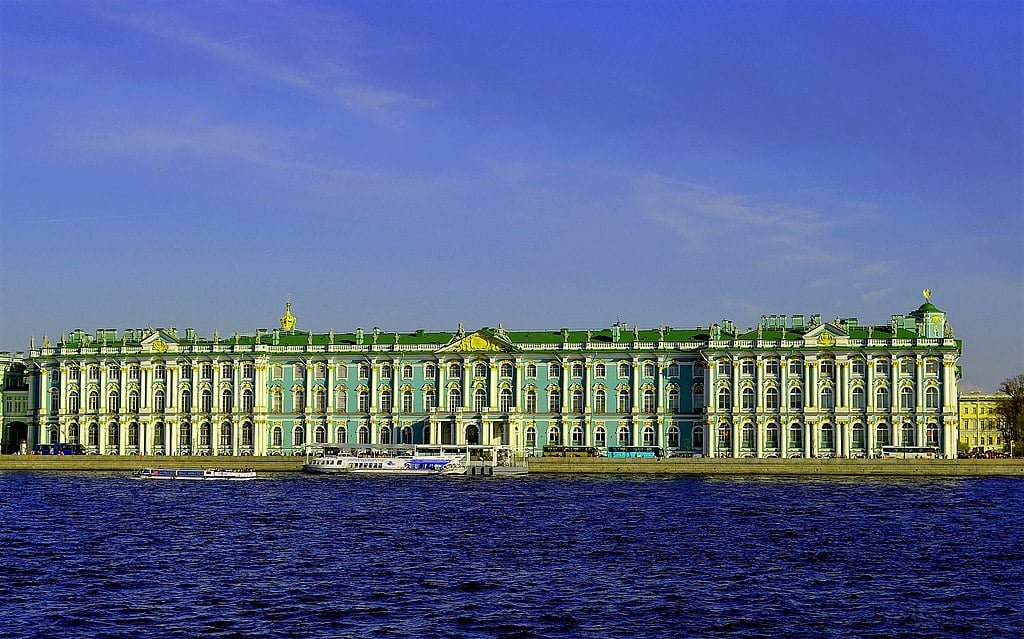
The Winter Palace in Russia is a grand architectural wonder that will take your breath away. This magnificent palace was once the official abode of the Russian monarchy and is located in the vibrant city of St. Petersburg. Built in the late 1730s, this Baroque beauty has witnessed many historic moments, including the October Revolution of 1917 and the legendary Bolshevik storming that marked the end of the Romanov dynasty.
But despite its tumultuous past, the palace still stands tall and proud, now serving as part of the Hermitage Museum – one of the largest and oldest museums in the world. As you stroll through its ornate halls and gaze upon its glittering chandeliers, you’ll be transported back in time, soaking up Russia’s rich cultural history with every step.
Conclusion
In conclusion, the world is home to a variety of magnificent palaces that showcase different architectural styles and rich histories. We hope this list inspires you to go out there and explore them in their full glory!

